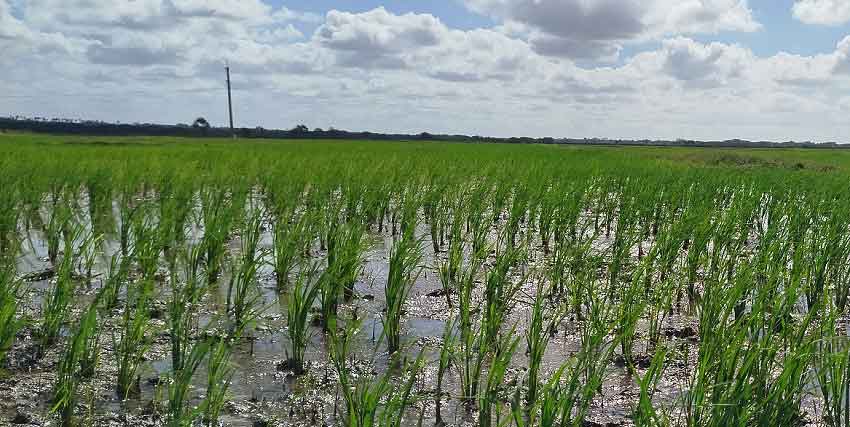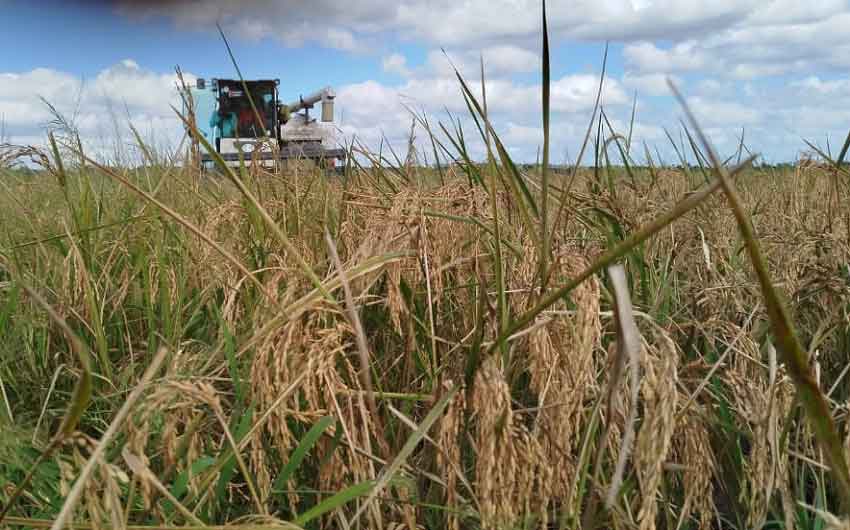
The Camilo Cienfuegos Credit and Service Cooperative (CCS) in the municipality of Amancio is one of the most outstanding in the country in the sowing and harvesting of popular rice, an alternative applied by different entities to increase the production of this cereal.
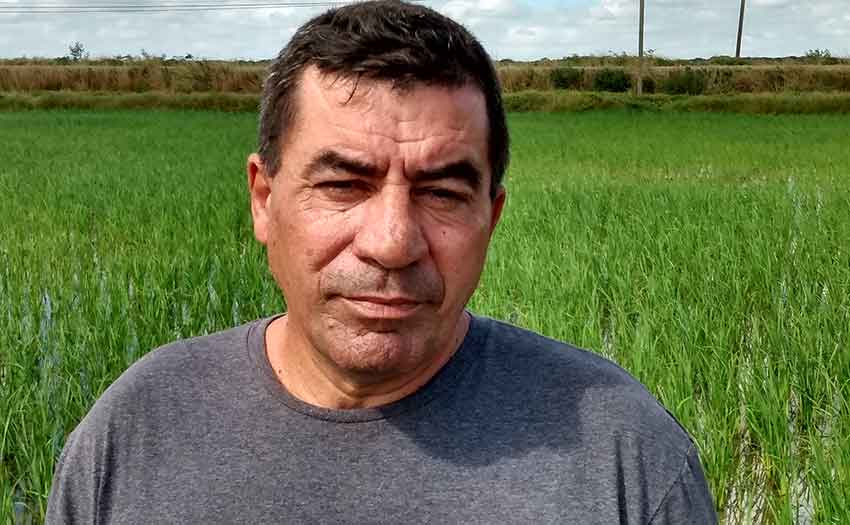 "Amancio," Las Tunas.- These are very difficult endeavors, but the collective has embraced them with determination, aware of how much it benefits the residents of the province of Las Tunas to produce part of this valuable foodstuff, said the president of the unit, Ernesto Concepción Conesa.
"Amancio," Las Tunas.- These are very difficult endeavors, but the collective has embraced them with determination, aware of how much it benefits the residents of the province of Las Tunas to produce part of this valuable foodstuff, said the president of the unit, Ernesto Concepción Conesa.
“We have 30 producers who are dedicated to this line of business and, in the last eight years, very good results have been obtained here, up to seven tons per hectare. This has been possible due to the substitution of chemical fertilizers for biological products."
“As part of the Vietnam-Cuba project, we have received seminars from specialists from the Asian nation and advice from the basic business unit (UEB in Spanish) of the grain company in this territory. We also have the support and company of the municipality's political and government authorities.”
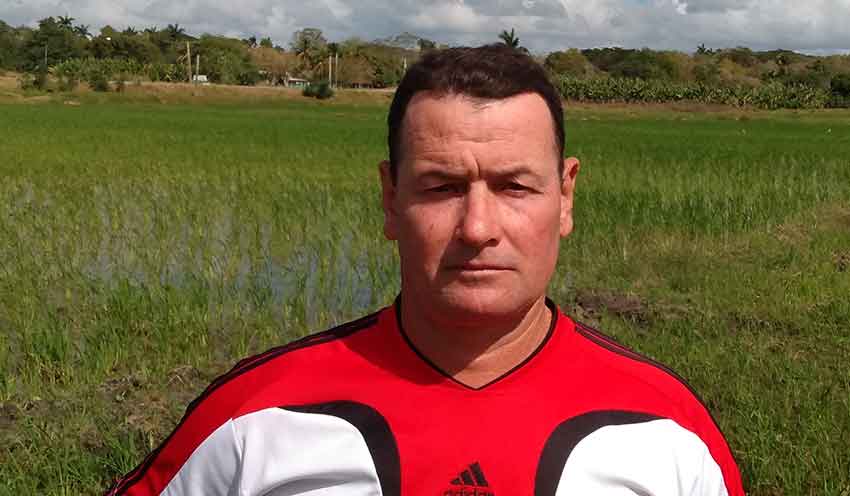 Yordanis Oramas Palomino is one of the outstanding producers in the cultivation of popular rice, and right now, he is engaged in the sowing of 15 hectares of the grain because, over the years, he has had good yields and decided to add other lands to those he has in usufruct.
Yordanis Oramas Palomino is one of the outstanding producers in the cultivation of popular rice, and right now, he is engaged in the sowing of 15 hectares of the grain because, over the years, he has had good yields and decided to add other lands to those he has in usufruct.
“Part of these results are due to the interest of the UEB because the people in charge come and advise us. In addition, the workers, who are unconditionally committed, also have an influence. That is why I encourage them. I give them breakfast, lunch, and between 15 and 20 bags of rice, depending on the harvest.
“Rice is a crop that requires a lot of inputs, especially fertilizers; however, it is possible to do it this way, with a minimum of resources. We apply biological products, and the most advisable thing to do is to keep an eye on the plantations almost all the time.”
"Amancio" is a good example of how much can be done to increase rice planting in smaller areas, with better use of the scarce resources available, without neglecting the specialized program that is also developed here.
The main political and governmental authorities of the southern territory have done the math. To guarantee social consumption in education and health entities and seven pounds per month to the 36,132 residents of the municipality, 1,200 tons of rice are required each year.
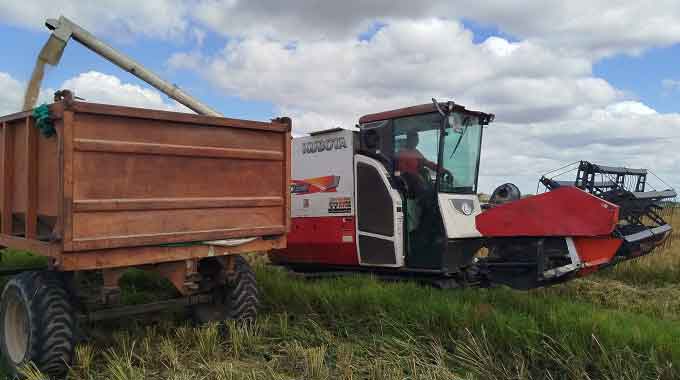
This would imply selecting new areas and planting around 620 hectares of rice. Currently, there are 300 hectares under specialized cultivation and 87 under popular rice, mostly located in the communities of Los Kilómetros, El Indio, and San Alberto.
In "Amancio," there is land available; there could even be up to 3,000 hectares. However, a significant part of the land is full of weeds, and clearing it requires machinery and fuel. It also requires more water, which reaches the crops from the Fortaleza dam.
Other demands of the farmers and specialists in the activity are the preparation of a dryer to support all producers and the installation of silos for storage. Right now, the grain dries on the road, on the asphalt, and with the farmers' means.
It is urgent to solve this situation to reduce losses due to weather conditions, avoid traffic accidents, and humanize the tasks of those who join the rice planting, determined to replace imports due to the high prices of food in the international market.
